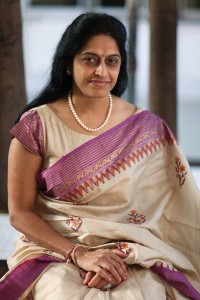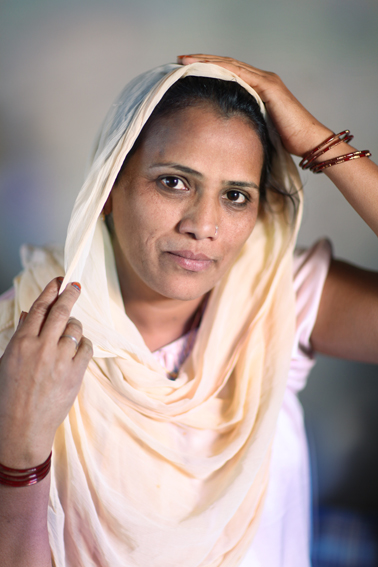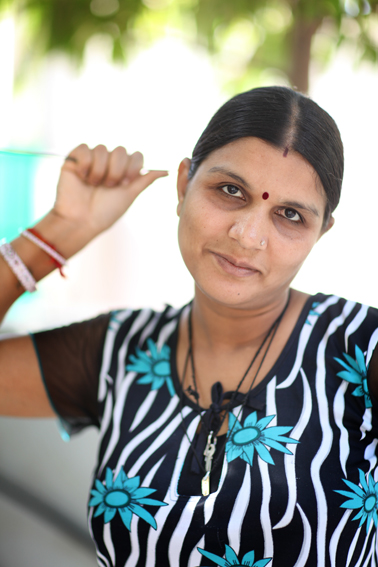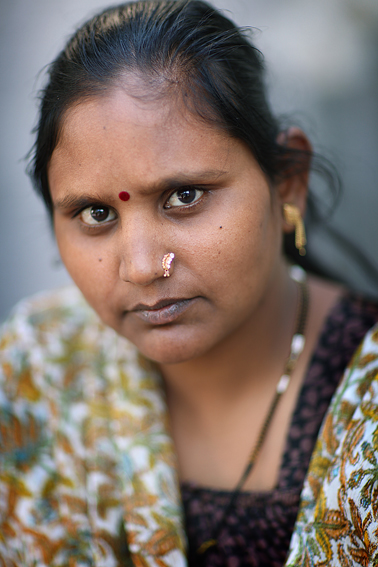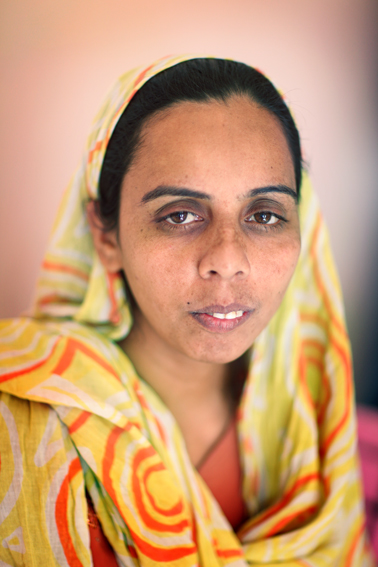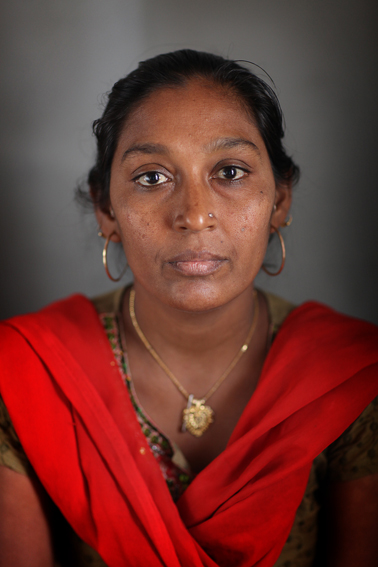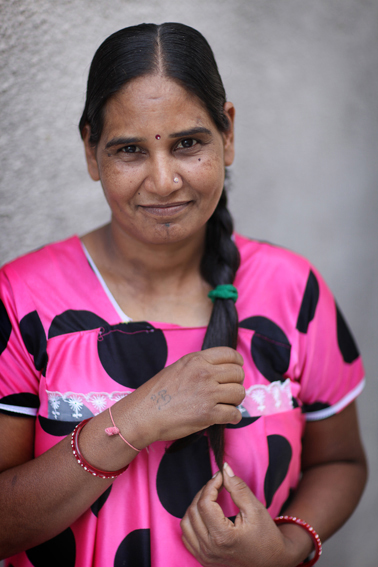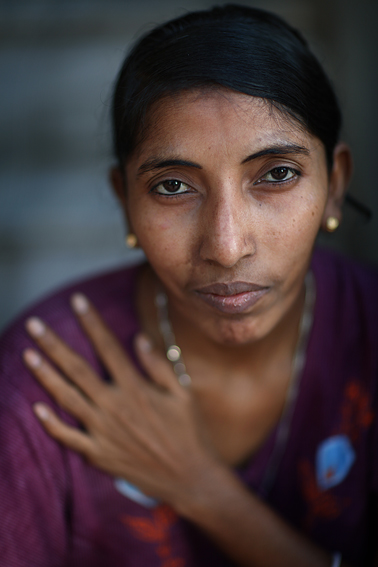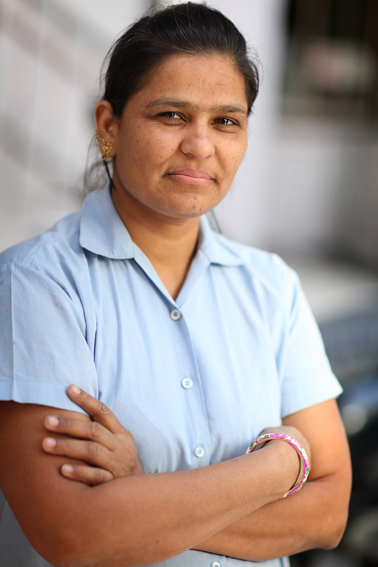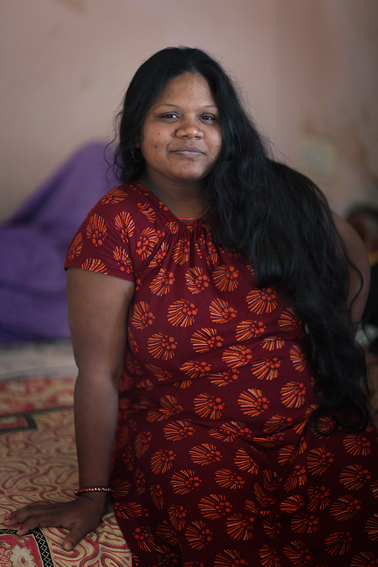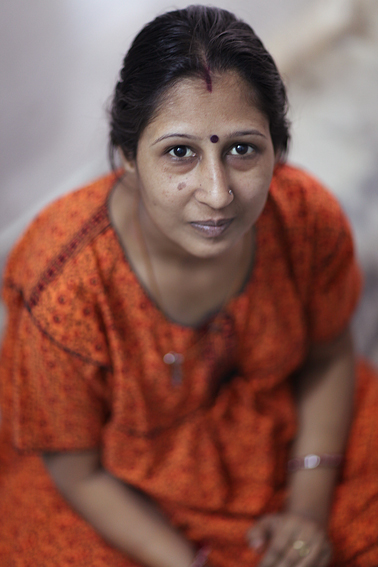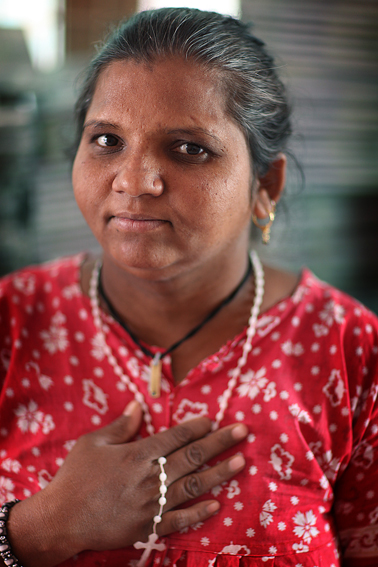The hidden face of surrogacy
[envira-gallery slug=”portfolio-surrogat-mothers”]
Surrogacy is an arrangement in which a woman carries and delivers a child for another couple or person. For some couples, it is the only option they have. They may be infertile, gay or have physical or medical conditions which do not allow natural childbirth. Sometimes it’s to avoid the precariousness of childbearing at an advanced age, and yes, for some, it’s simply a case of “convenience”.
Only unpaid, “altruistic” surrogacy is legal in most western countries. In many places commercial surrogacy is even punishable by law. Many people think that these legal issues are often an outdated expression of local morality. These moral codes, not money, are often the main reason for seeking a solution halfway across the world.
Commercial surrogacy is fully legal in only a few countries like India. As well as being relatively affordable by western standards, in these countries genetic parents have indisputable legal rights to the child. Often for these couples it is a precarious step into uncharted territory.
For the Indian women being paid to bear these children, there are different concerns. Even stricter moral issues are at play, regardless of the fact that clinics specializing in surrogacy are springing up all over India. The stigma attached to these women puts them in danger of prejudicial treatment from their own communities. Most of the bearers cannot reveal their surrogacy to neighbours, and often, not even to their own children: they usually say they are working abroad or have gone to visit relatives.
The clinic I found in the small town of Anand is, to my knowledge, unique. Most surrogate mothers have little contact with their doctors and are responsible for their own food and lodging. For Dr. Nayna Patel, the owner, this was simply not enough. When she opened her clinic in Anand she was trying to solve several problems that face surrogate mothers and ensure the proper logistics necessary to bring a healthy pregnancy to term.
Dr.Patel chose to house them decently, provide good nutrition, and ensure that they were not doing physical work that could endanger the pregnancy or the women. She eventually found a building close to her clinic which now houses around 80 women. In this group home they feel safe and secure. For these women living a clandestine life for nine months, it made matters simple and straightforward. She hopes to find a new facility that would include the clinic and the surrogate mothers, as well as provide accommodation for the genetic parents coming for their child.
The questions I kept asking myself are: Are there any women in western countries who would do this? Are we too proud to think of this as a “job”, that could be done in a parent own neighbourhood? What are the real reasons that make commercial surrogacy illegal in most western countries?
Indian doctors who perform embryo transfers are often accused of exploiting women, of marketing their wombs to affluent western couples. Some say that the surrogate mothers are forced by family members against their will or that these women are lazy. Dr Patel says: “If you cannot get pregnant the natural way, why can’t women help each other? There are women ready to carry someone else’s child and at the same time financially change their lives. As for ‘coercion’, it is hardly possible for a woman to spend nine months of an unwanted pregnancy in a home where so many conditions and procedures must be respected to ensure success.
I spent several weeks living with the women at Dr. Patel’s group home, spoke extensively with many of them, and found none of these accusations to be true. It is not an easy job, as there are medical tests that they must pass, they must already have successfully given birth, and there is the possibility that the first and even second embryo transfer will not be successful. Perhaps the parents want to choose the surrogate mother for reasons as varied as religion or looks. These women are not coerced, but happy and enthusiastic about what the huge change their fee will do for their lives. It is as big a step for the surrogate mothers as it is for the genetic parents. Having experienced the joy of motherhood myself, I could hardly imagine putting a price on the final separation of a mother from her newborn child.
All of these women have families and responsibilities that await them. Even if husbands and relatives are taking care of their own children, the hardship of separation from family and home is an additional source of emotional stress. They know that the ‘contract’ is for a child, not the time spent in the surrogate home. Sometimes the clients or the clinic will pay a portion for a late miscarriage, sometimes not. Some parents want a cesarean birth, which is safer for the baby. Many of these women have never even been to a hospital. To them, the idea of anesthesia and surgical blades is horrifying.
With all of the dangers, stress and insecurity involved one might ask: Why would someone accept to do this for a mere six to seven thousand dollars? The answer is simple: in India, this is the amount of money that will pay for a home, a new standard of living, or an education for their children.
The Patel home for mothers consists of a pair of duplexes; each floor has four rooms that house five to ten women each. Space is scarce, personal things are kept in closets, and valuables are kept under the mattress. Each building has one bathroom. The toilet is flushed manually with water from a plastic bucket. Hot water is available only in the evenings.
Despite the lack of intimacy, the women live peacefully, making the best of it. With their different origins (religious, regional and cultural) it is unlikely that they would have developed friendships and gained further understanding of each others lives if they were not living this common experience. There is a certain solidarity among these women who have decided to brave the many hardships that surrogacy entails.
At prayer time, in the mornings and evenings, each religious group patiently awaits its turn. All the major religions share the altars: Hinduism, Islam, Buddhism, Catholicism, Jains (there are no atheists here).
It takes great patience to maintain one’s calm with the constant level of noise. They have to learn to sleep despite television, ringing telephones, and loud conversations. Soap operas, usually watched only by those who can afford the time, have star status and are often the main topic of discussion. To limit the the possibility of miscarriage women spend much of their time laying down with their legs and feet propped up.
I was touched by the tolerance and acceptance of each other that these women show every day. Although, there are few quarrels, I felt some elements of hazing: old-timers tend to have more rights than newcomers.
Husbands and relatives are allowed to visit the house at any time. There are times when a woman will have to share her bed with her own child. Sometimes the doctor will allow those whose pregnancies are not secret to go home for a short visit. A woman who has to lie about her surrogacy, may find herself in a difficult situation if there is an emergency in her family.
Surrogacy is not for everyone. The experience is different for each woman. Some would do it again, some never. Despite the fact that the money is the main stimulus for surrogate mothers in India, it is nonetheless an invaluable humanitarian act.
We cannot continue to relegate our contradictory moral problems to backdoor solutions anymore. As a society, it is inevitable that we will be forced face these issues. Public ignorance about surrogacy can have nasty effects. If a jurisdiction specifically prohibits paid surrogacy, serious problems can arise. The courts in Quebec, Canada prevented a genetic mother’s legal adoption of her child even though that left the child with no legal mother.
Surrogacy challenges our very notion of the giving of life. Our moral and legal concepts are no longer adequate. With the advent of surrogate mothers, a child comes to life not necessarily in the body of its genetic mother. Is adoption the only alternative for infertile couples? If gay marriage is legal and morally condoned by our society, should gay parents be denied a chance at parenthood through surrogacy? Why should the separation of birth mother from child be so drastic? Is this not a wonderful gift to be shared? Wouldn’t sharing be much easier if surrogate mothers lived in the same city? What are we afraid of? Do we want to have children or own them?
by Polina Fedorova special thanks to Bob Olivier and Laurent Blanchet
